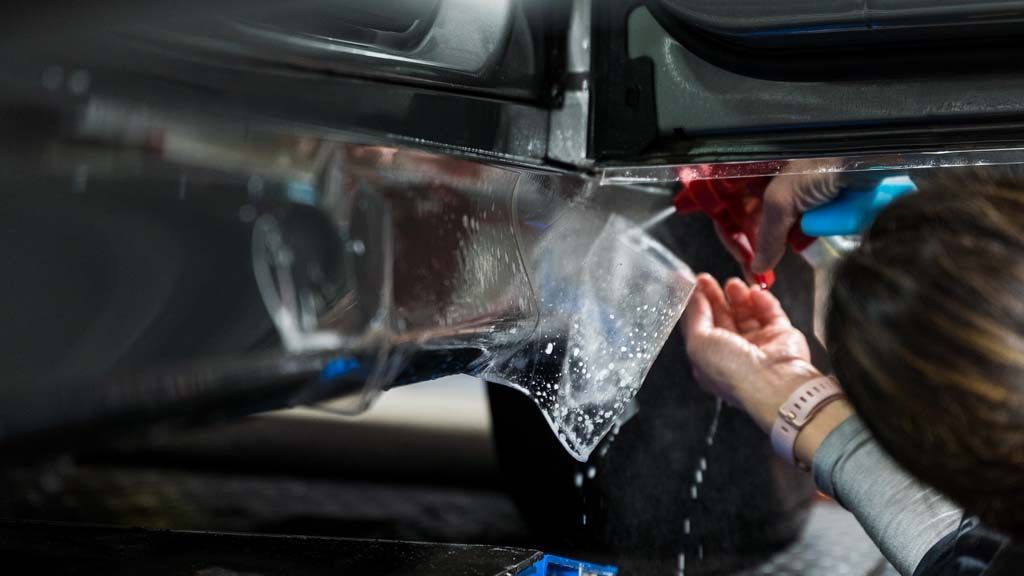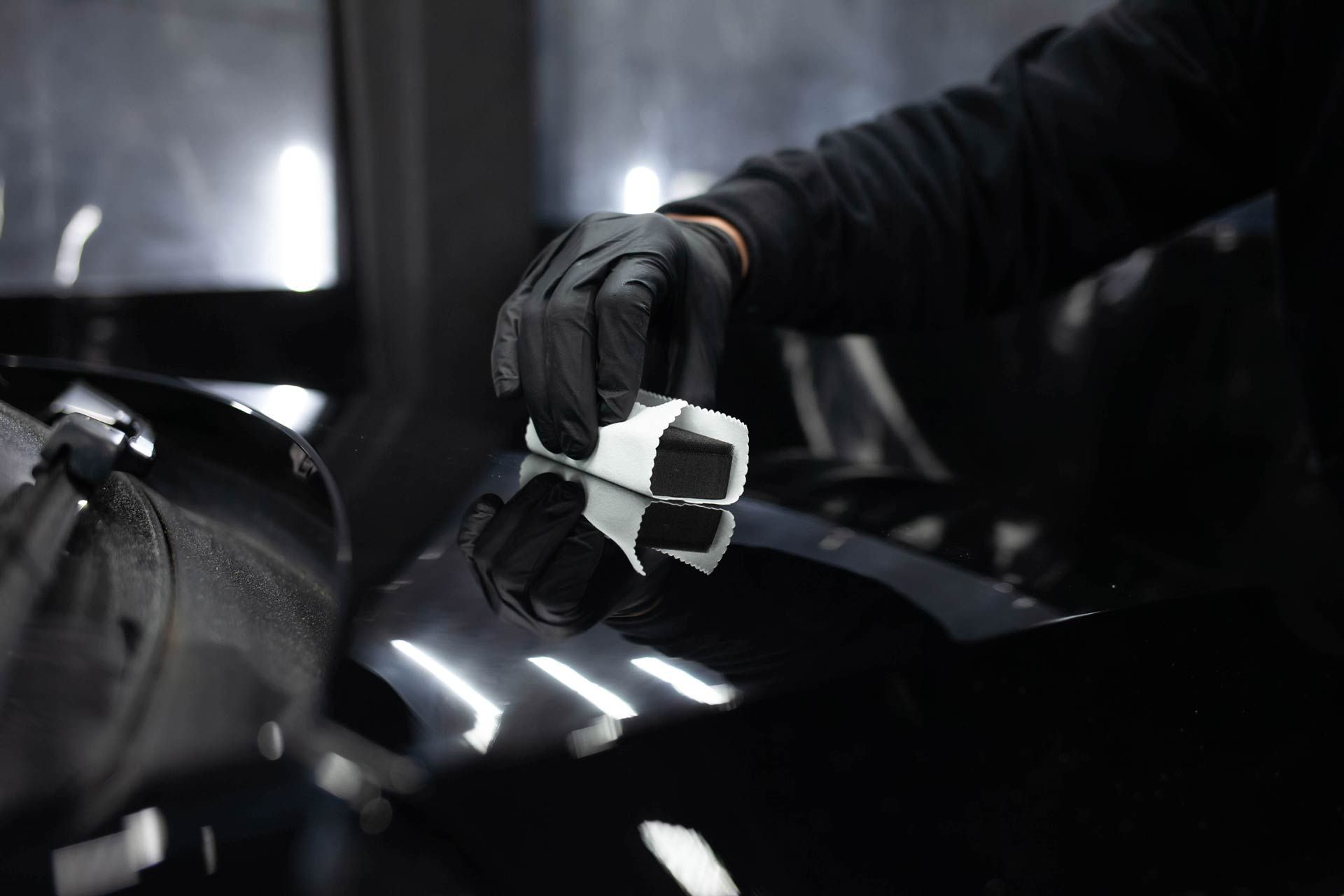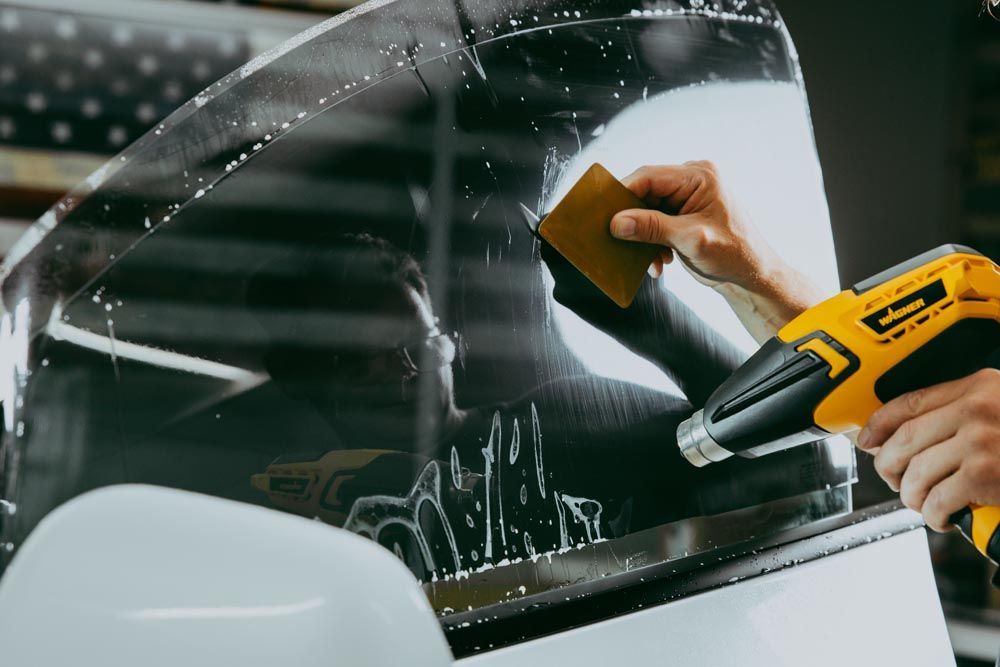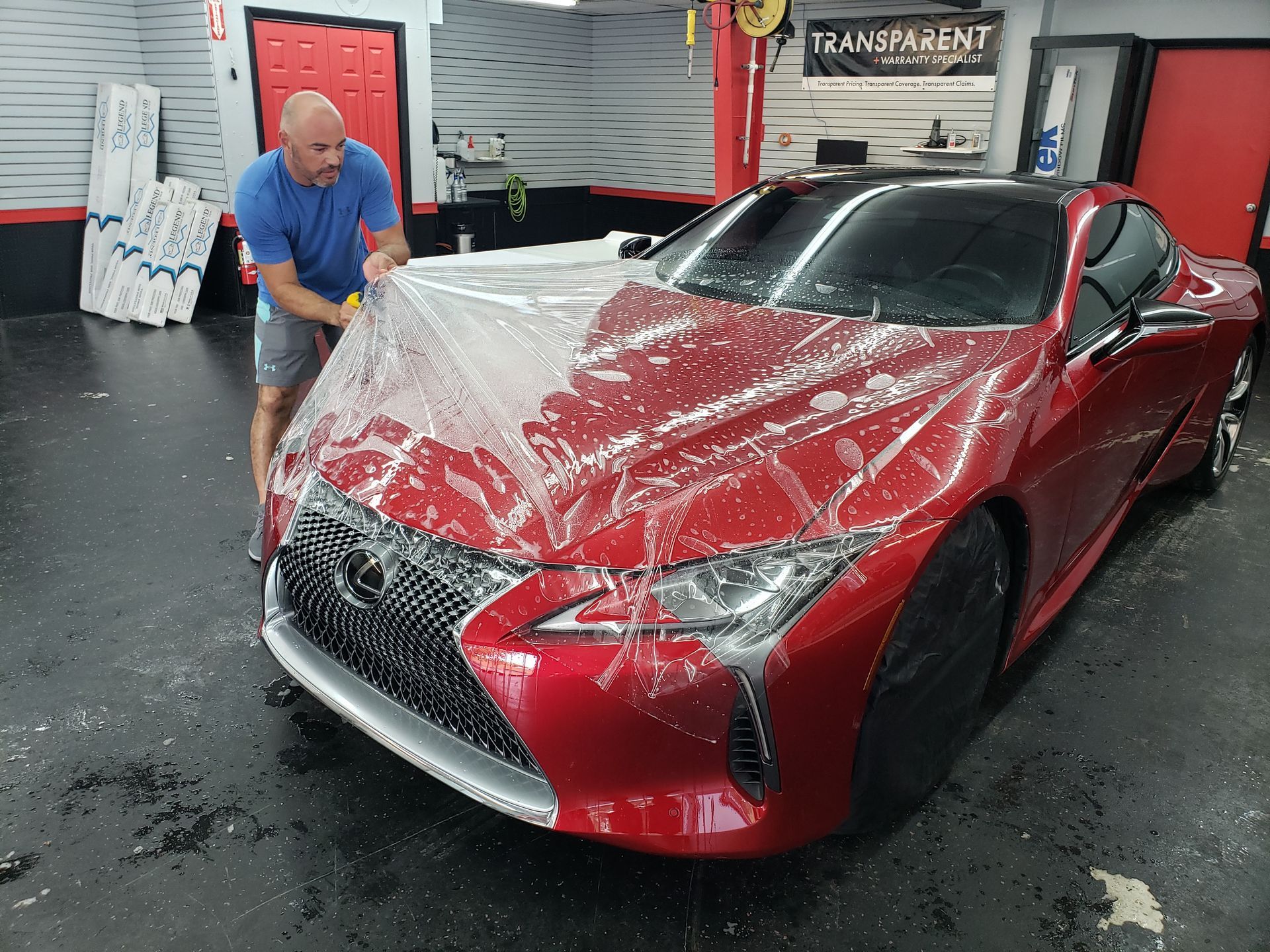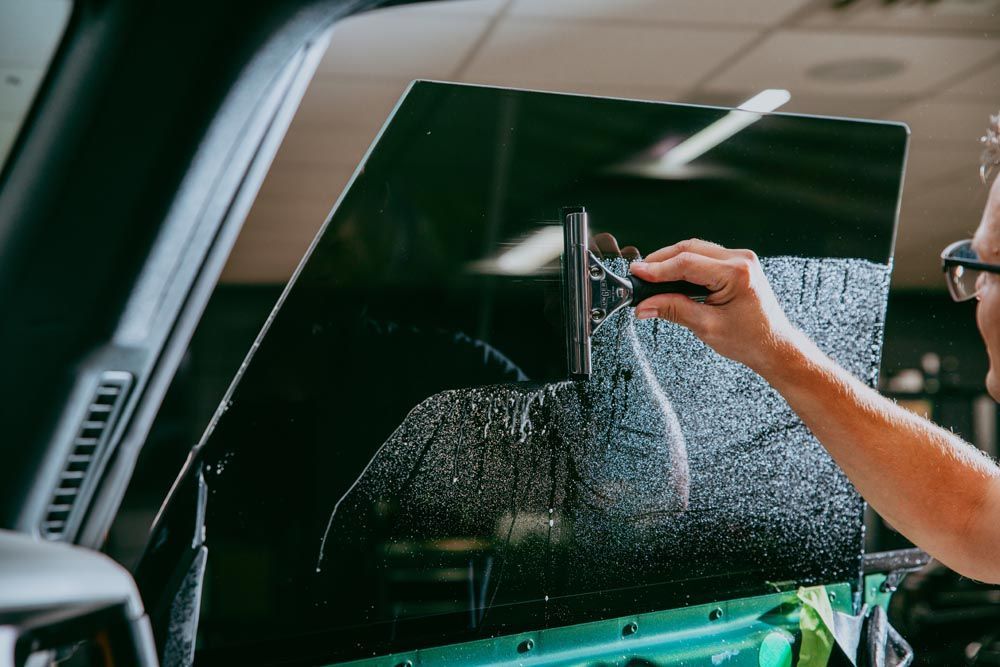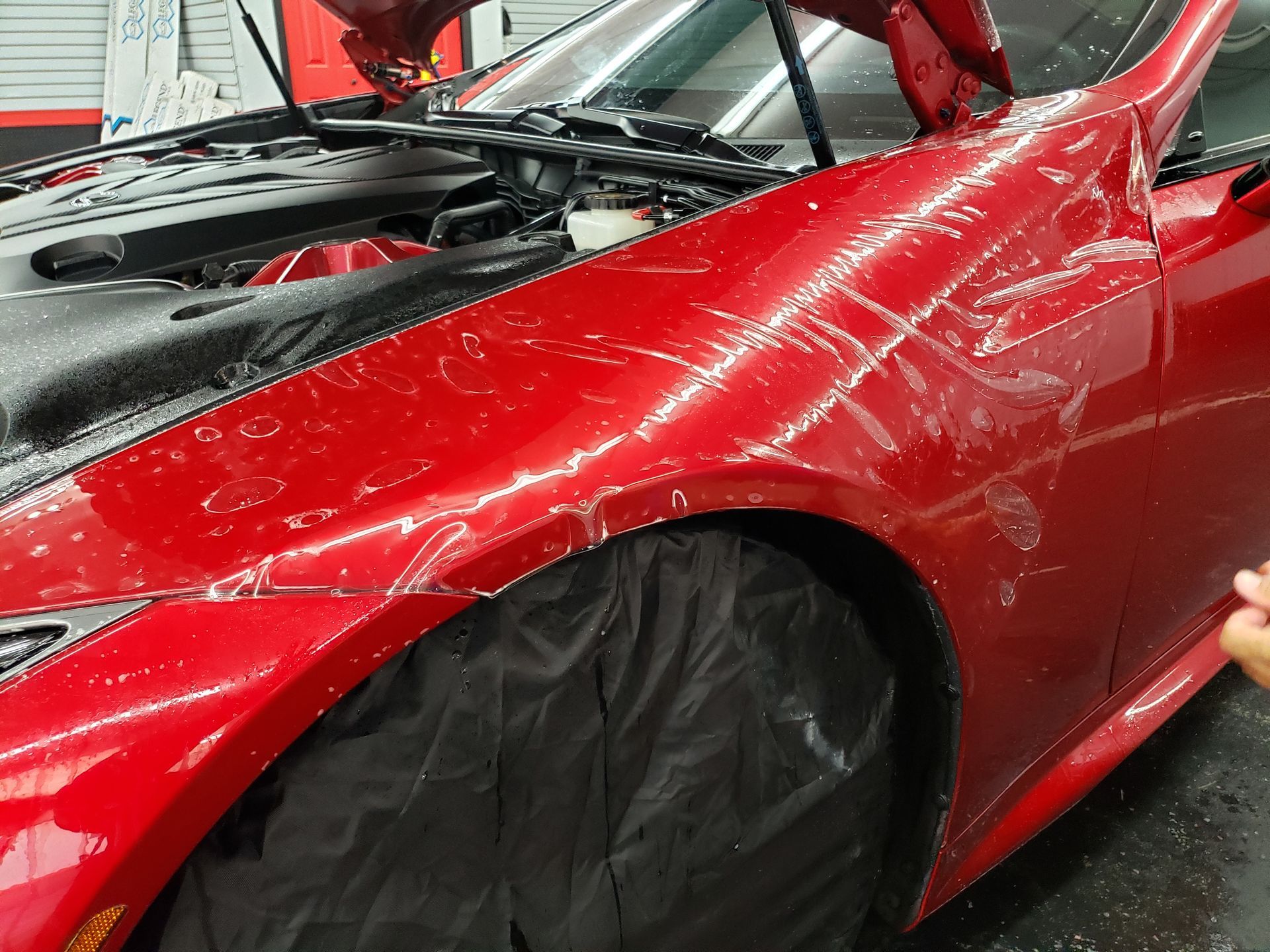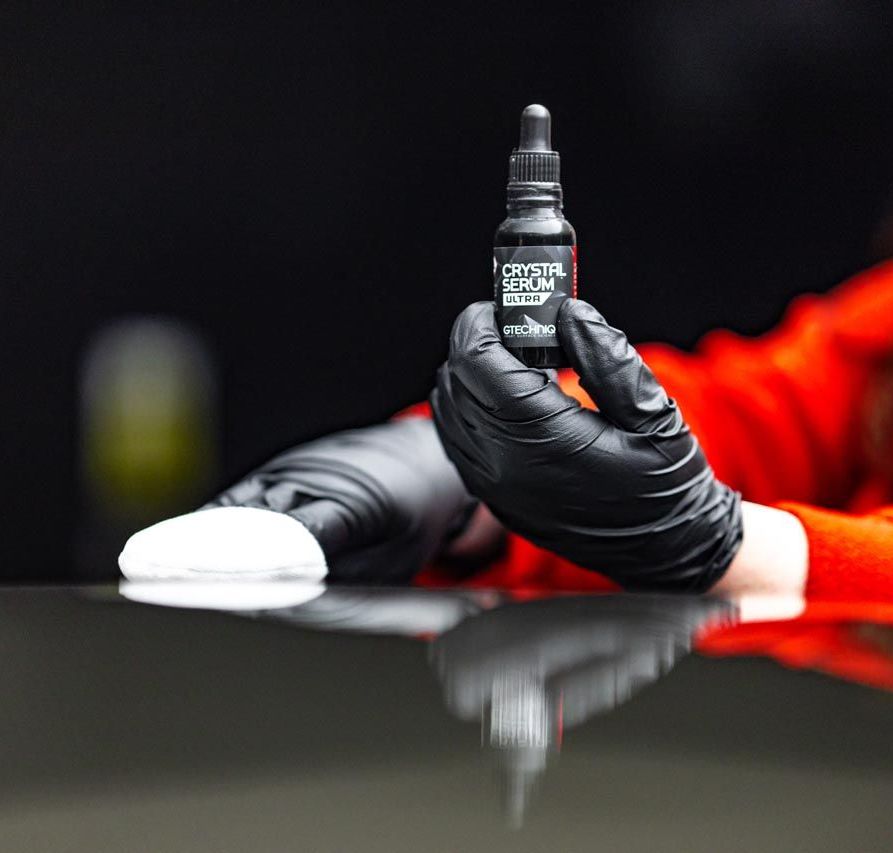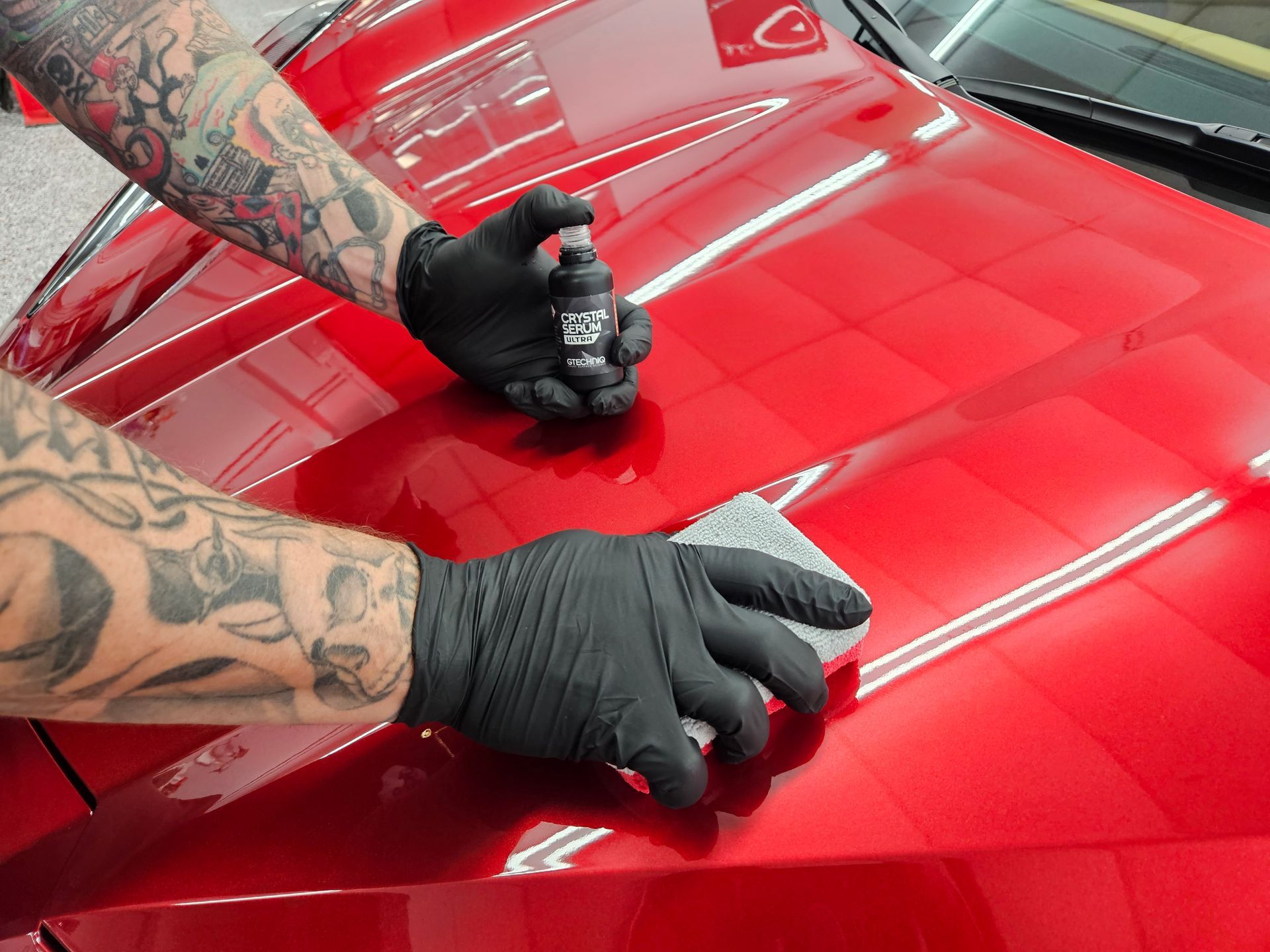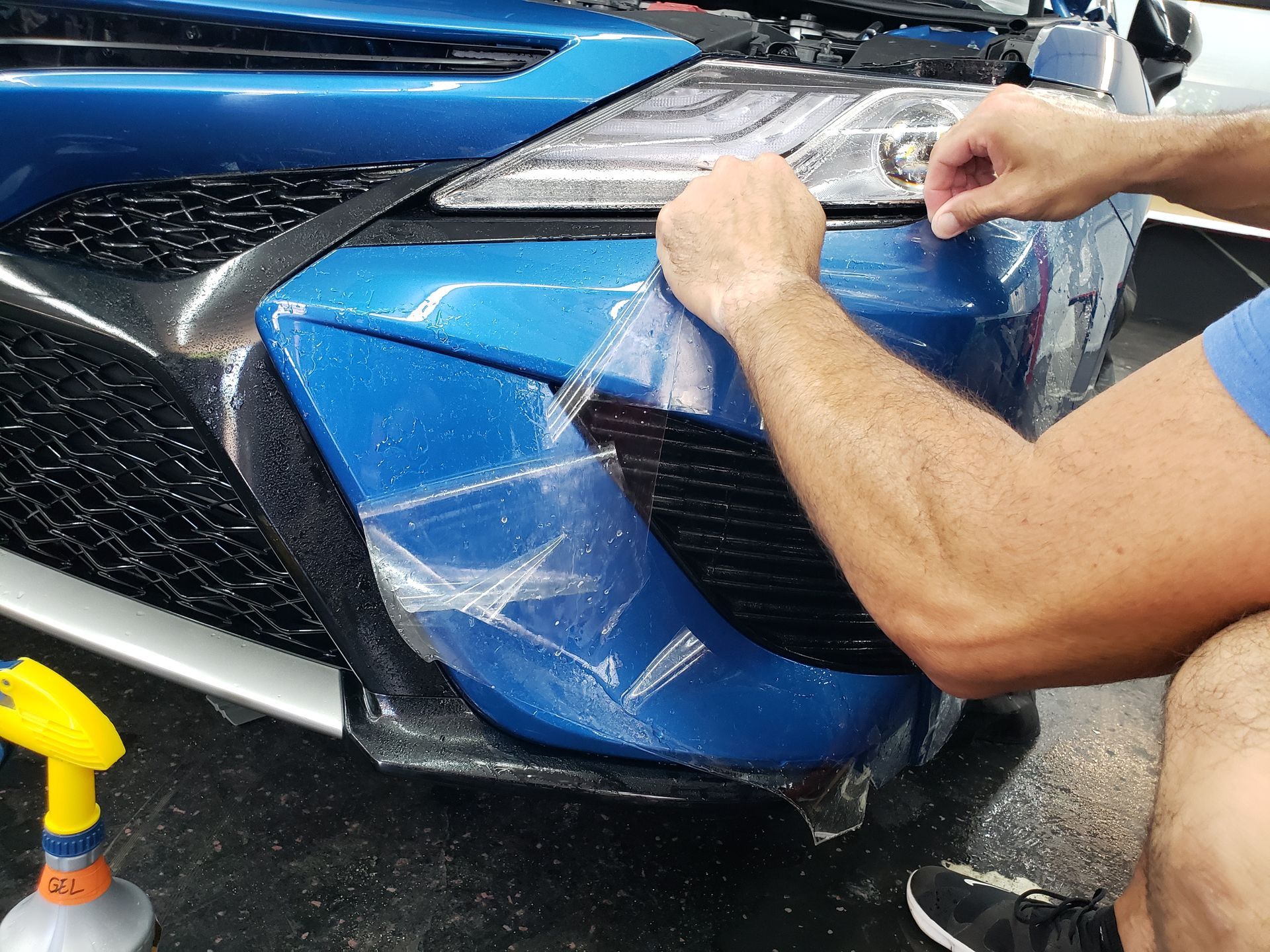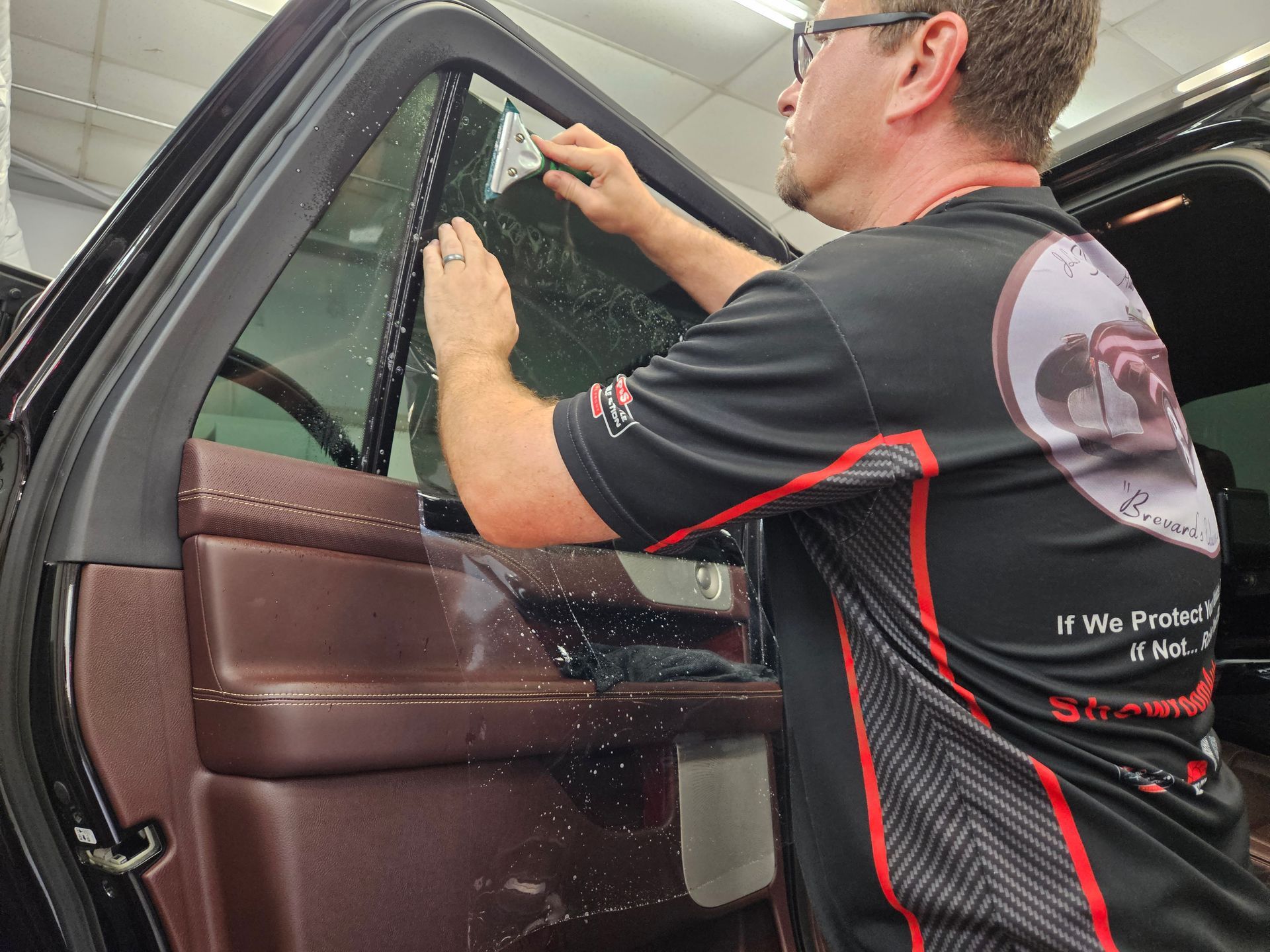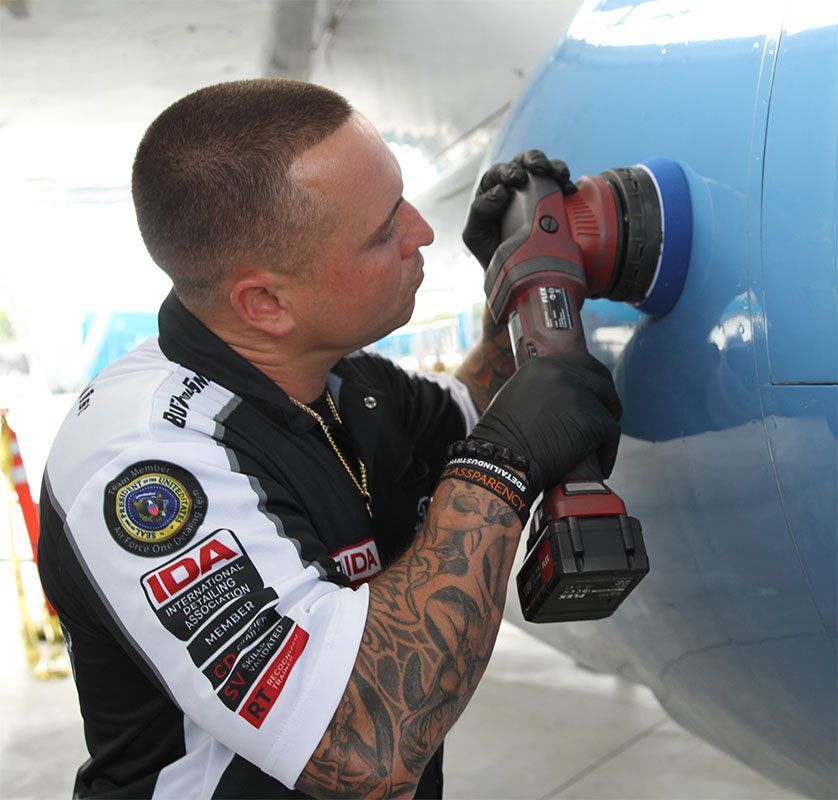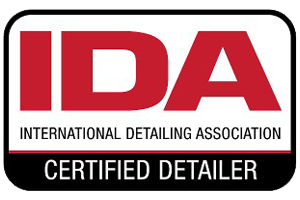Why Proper Curing Is Crucial for Ceramic Coating Longevity and Performance
When it comes to keeping your vehicle looking sharp and protected, ceramic coatings have become a popular choice for many car enthusiasts. However, you might be wondering: What’s the real secret behind their durability? The answer lies in proper curing. Think of curing as the golden hour for your freshly coated vehicle—a time when everything can fall perfectly into place to give you the stunning finish you desire. By understanding how essential this process is, you can significantly boost that sleek look while ensuring your car is shielded against environmental damage long-term.
Proper curing is essential for ceramic coating because it allows the product to chemically bond with the vehicle's factory paint, creating a durable protective layer that enhances resistance to environmental damage. Insufficient curing can compromise the coating's effectiveness, leading to issues such as premature degradation or reduced protection against elements like UV rays and contaminants.
The Purpose of Ceramic Coating
Ceramic coatings are rapidly becoming a go-to solution for protecting and enhancing vehicle paintwork. These advanced coatings offer a long-lasting defense against various environmental threats while improving the overall appearance of your car. Here’s a breakdown of the many benefits ceramic coatings provide:
- Protection Against Environmental Hazards: Ceramic coatings act as a powerful shield, protecting your vehicle’s paint from environmental threats like UV rays, bird droppings, and harsh chemicals. These high-quality ceramic coatings form a durable barrier that helps preserve your car's factory finish, keeping it looking fresh for years.
- Resistant to Contaminants: One of the key features of ceramic coatings is their ability to resist contaminants such as dust, tree sap, and bird droppings. Unlike traditional paint protection methods, ceramic coatings bond chemically with the vehicle's paint, forming a resilient surface that is difficult for these elements to damage or stick to.
- Long-Lasting Protection: While traditional waxes may offer temporary protection, ceramic coatings provide long-term benefits, with many lasting five years or more when properly maintained. The coatings also protect against chemical stains from everyday contaminants like road salt and industrial fallout, making it easier to wash away dirt and grime without damaging the paint.
- Enhanced Aesthetic Appeal: In addition to providing top-tier protection, ceramic coatings significantly enhance the overall look of your vehicle. The coating adds a deep, rich gloss that intensifies the vibrancy of the paint, making the color pop and appear more dynamic. The smooth, glass-like finish creates a stunning shine that catches the light in a way that ordinary paint or wax cannot.
- Easier Maintenance: Thanks to their smooth finish, ceramic coatings make your car easier to clean. Dust and dirt are less likely to stick to the surface, allowing you to clean your car with less effort. A simple wipe with a damp cloth can often remove debris without the need for harsh scrubbing or extensive detailing.
Investing in a ceramic coating for your vehicle offers a combination of protection, aesthetics, and easier maintenance. By enhancing the durability of your car's paint and making it more resistant to contaminants, ceramic coatings improve both its appearance and longevity. With the added benefit of reducing cleaning time, it's a smart choice for anyone looking to keep their vehicle in top condition.
Importance of Proper Curing
For a ceramic coating to truly shine—both in terms of aesthetics and protection—curing is not just a suggestion; it’s essential. When we talk about curing, we’re referring to the meticulous process where the liquid coating transitions into a robust, glass-like layer that bonds firmly with the car’s paint. This isn’t merely physical; it involves complex chemical interactions that ensure the coating adheres well and performs optimally. Think of it like cooking: you wouldn’t serve undercooked food because it wouldn’t satisfy palates or provide nutrition; similarly, an improperly cured coating won’t deliver its intended benefits.
The role of curing cannot be overstated. As the solvents within the coating evaporate during this period—sometimes requiring one day to three weeks depending on various factors—the hardening process creates a formidable barrier against environmental hazards. Imagine a shield that protects your vehicle from UV rays and dirt. Skipping this crucial phase essentially prepares for future problems. A bond that hasn’t fully formed will weaken over time, leading to accelerated wear and tear on your vehicle’s finish.
Risks of Inadequate Curing
- Premature oxidation and diminished gloss: Vehicles that skip adequate curing are prone to premature oxidation and reduced gloss. Clients often report needing reapplication much sooner than expected, leading to frustration and disappointment. This premature wear can make the initial investment seem less worthwhile if the vehicle's protection doesn't last.
- Contaminants trapped under the surface: If curing is incomplete, contaminants may become trapped beneath the coating, causing unsightly imperfections. These imperfections can worsen over time, especially if not addressed, leading to potential long-term damage. It’s akin to dirt being trapped inside a glass window, making it harder to clean and fix as time goes on.
Proper curing is essential for the longevity and visual appeal of ceramic-coated vehicles. It significantly contributes to enhancing both durability and aesthetics, ensuring that the investment you’ve made in the vehicle’s protection truly pays off over time. Understanding this process is key to getting the most from your ceramic coating.
Inside the Curing Process
Understanding the curing process can feel like peeling back the layers of a complex puzzle that ultimately leads to a stunningly protected finish on your vehicle. The two-stage curing process is essential, transforming a liquid polymer into a robust shield against environmental adversities. Each step plays a crucial role in achieving optimal results. The ceramic coating undergoes two main phases: solvent evaporation and chemical cross-linking. These stages are critical for maximum effectiveness.
- Solvent Evaporation: The first stage, solvent evaporation, happens within the initial 24 to 48 hours after application. During this time, solvents embedded in the ceramic coating slowly evaporate, allowing the coating to solidify. Imagine this period as laying down a vital foundation—often overlooked. It’s essential not to disturb the vehicle or expose it to moisture during these hours. Even light rain or dew can interfere, leading to imperfections in the finish. To optimize this phase, park your vehicle indoors or in a sheltered location for at least 48 hours. This nurturing environment allows the protective layer to form without disturbances.
- Chemical Cross-Linking: Following this phase, we transition into chemical cross-linking—a pivotal part where real magic happens. Over one to two weeks during chemical cross-linking, molecular chains within the coating intertwine, forming strong bonds and creating a durable shield over your vehicle’s surface. This phase ensures longevity not only for appearance but also against environmental hazards such as UV rays and dirt. Proper execution of this cross-linking process solidifies your investment into that high-performance ceramic coating. If done correctly, you can expect a hydrophobic surface that repels water and contaminants while maintaining a dazzling shine that makes other vehicles jealous.
Key Factors Affecting Curing
The curing process of a ceramic coating is essential for ensuring optimal performance and long-lasting results. Environmental conditions, as well as the application techniques, play a significant role in how well the coating bonds to your vehicle’s surface. Below are key factors that affect the curing process and how to manage them for the best results:
- Temperature: Temperature plays a critical role in the curing process. Higher temperatures tend to speed up the curing process, allowing the coating to set faster. However, if the temperature becomes too high, it can cause the coating to dry too quickly, leading to imperfections and a compromised finish. Ideally, a moderately warm environment is best for allowing the coating to cure smoothly and effectively.
- Humidity: Humidity levels are another crucial factor that influences how well a ceramic coating cures. High humidity can slow down the curing process and affect the chemical bonds forming between the coating and the vehicle's surface. Excess moisture introduces variability, potentially compromising the bonding process, so a moderately dry environment is preferred to achieve optimal curing results.
- Air Quality: Air quality during application is equally important. Dust, pollen, pet hair, or even construction debris can settle on the freshly applied ceramic coating, contaminating the surface before it has a chance to cure. This can lead to a ruined finish and less-than-ideal performance, so ensuring a clean, dust-free environment is essential for the curing process.
- Coating Thickness: The thickness of the ceramic coating application also impacts curing. Thicker layers of coating require longer curing times to fully harden and achieve maximum durability. Heat dissipation is slower in thicker layers, which means they need more time to dry properly, so careful monitoring is needed during the curing period to avoid imperfections.
- Coating Formulation: Different ceramic coating formulations may require specific curing conditions due to their unique chemical compositions. High-performance coatings, for example, may come with particular curing protocols that need to be followed closely for the best results. Understanding the specific formulation and its curing requirements is essential to ensuring the coating sets properly and delivers long-lasting protection.
The curing process of a ceramic coating is influenced by a variety of environmental and application factors. Temperature, humidity, air quality, coating thickness, and formulation all play a role in determining how effectively the coating bonds and cures. By understanding these factors and optimizing the environment and application methods, you can ensure your ceramic coating performs at its best, offering long-lasting protection and an attractive finish.
Tips for Optimal Curing
To ensure that your ceramic coating provides maximum protection and durability, it’s important to follow best practices during the curing process. These guidelines not only enhance adhesion but also help the ceramic coating achieve its full potential. Below are key tips to ensure that your coating performs at its best:
- Avoid Water Exposure in the First 24 Hours: The first 24 hours after applying the ceramic coating are crucial for its effectiveness. During this period, it’s essential to keep the vehicle dry, as water exposure can disrupt the bonding process and prevent the coating from adhering properly. Just like a cake needs time in the oven to rise, your ceramic coating needs this period to set before it can offer its full protective benefits.
- Minimize Vehicle Use in the First Week: After the initial 24-hour period, it’s important to limit the use of your vehicle, especially during the first week. This allows the coating to cure without exposure to harsh weather conditions or contaminants that could damage the surface. Just as a freshly painted car needs time to fully dry, your ceramic coating needs a protected environment to ensure it cures properly and reaches its full potential.
- Control the Curing Environment: The environment where your vehicle cures plays a major role in the coating’s adhesion. Ideal temperatures for curing are between 60°F and 80°F with low humidity levels. Extreme heat can cause solvents to evaporate too quickly, leading to uneven bonding, so it’s important to park your car in a controlled environment to prevent rapid evaporation and ensure a smooth, long-lasting finish.
- Regular Inspections During Curing: While the coating is curing, it’s helpful to inspect your vehicle regularly for any uneven drying or imperfections. However, avoid touching or manipulating the surface in the first few days, as this can interfere with proper adhesion and potentially cause damage. A hands-off approach during this critical phase ensures that the coating bonds effectively and helps maintain its protective qualities.
By following these best practices during the curing period, you can significantly improve the performance and longevity of your ceramic coating. Avoiding water exposure, limiting vehicle use, controlling the curing environment, and conducting regular inspections will ensure that the coating bonds properly and provides optimal protection. Taking these steps will help maintain the effectiveness of your ceramic coating and keep your vehicle looking pristine for years to come.
Achieving Long-Lasting Results
For vehicle owners, the key to achieving long-lasting results with ceramic coatings lies in consistent and mindful care. Maintenance transforms into a rhythm that fosters an enduring relationship with your vehicle’s exterior. This bond not only protects but also enhances the glossy finish we all desire. Taking the time to wash your car regularly with pH-neutral shampoos isn't just a recommendation; it’s essential for preserving the coating's properties. When you choose products that respect the integrity of your ceramic layer, you are investing in its effectiveness and lifespan.
Rushing toward harsh chemical cleaners may seem tempting for that quick shine, but these potent solutions can erode the protective layer, leaving your investment vulnerable to environmental damage. Instead, embracing gentler alternatives creates a barrier against deterioration while allowing your vehicle's aesthetics to thrive. Regular washing not only keeps the coating effective but also shields it from contaminants like tree sap, road grime, or acid rain that might accumulate over time.
Frequent inspections serve as a preventative measure for optimal performance from your ceramic coating. Dedicating moments to check for wear and tear allows you to address issues early on rather than facing costly repairs later due to neglect. Coupling these routine inspections with yearly professional maintenance significantly extends the life of the ceramic coating. A trained eye can spot problems that may go unnoticed and provide targeted remedies that maximize protection.
Understanding and committing to proper maintenance strategies isn’t simply about keeping your vehicle clean; it represents a crucial step toward achieving long-lasting results from your ceramic coating investment. By prioritizing regular washing with safe products, conducting periodic inspections, and making professional upkeep part of your routine, you're paving the way for durability and resilience in your vehicle’s appearance for years ahead.
Protect Your Ride with Excellence in Melbourne, FL
Shield your car with unmatched protection and style at JL’s Showroom Auto Salon! Our
top-tier ceramic coating services in Melbourne, FL, offer a durable, high-gloss finish that resists environmental contaminants and enhances your vehicle’s appearance. Backed by expert application and premium products, we ensure long-lasting results that keep your car shining and protected for years. Don’t let dirt, UV rays, or wear dull your ride—experience the difference of professional care. Contact JL’s Showroom Auto Salon today and give your vehicle the attention it deserves! Call (321) 723-6976 to get started!
